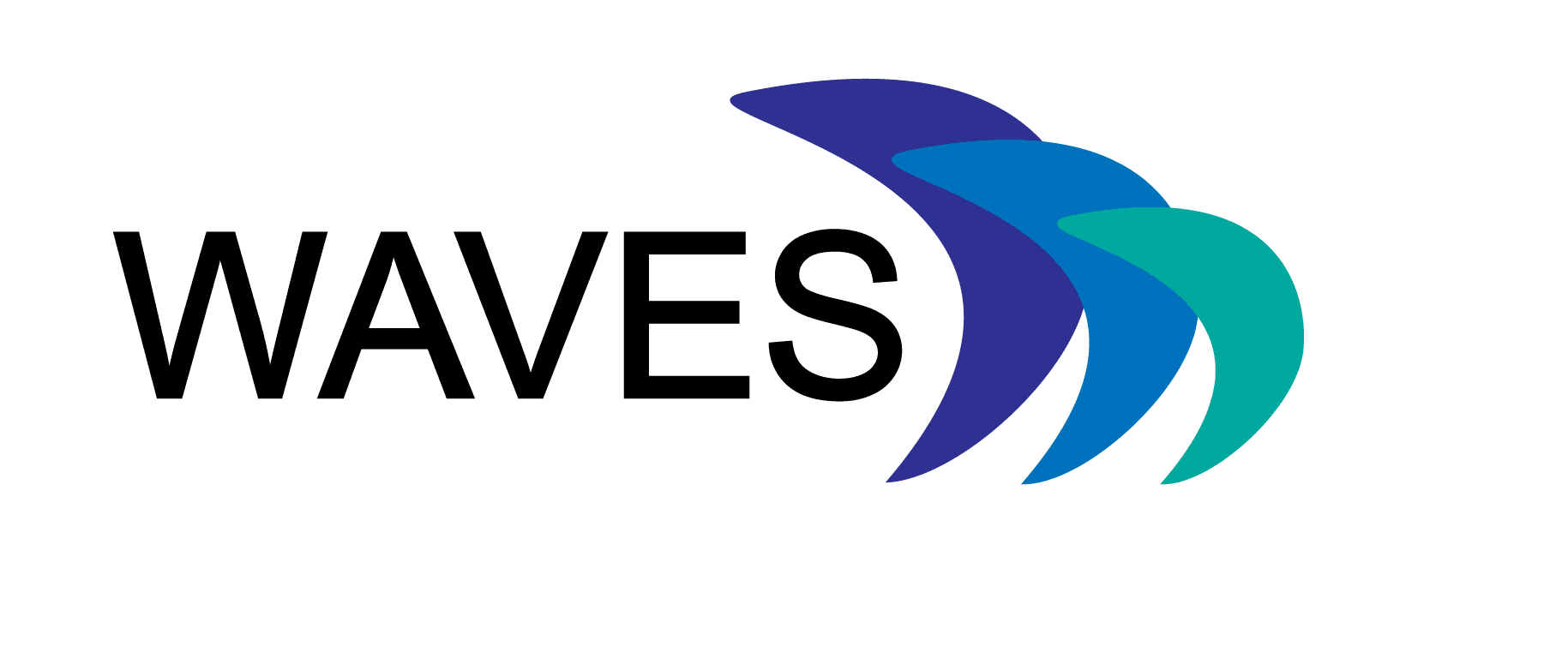Whether you’re new to the virtual scenario scene or a master, Sheetal Kavia, Martin Adler and David Topps were the featured speakers of the webinar held 20th September. Inspiring listeners to create a virtual scenario with a variety of tools and systems made easy.
Sheetal kicked off the webinar with an intro to the distinguished WAVES project, the challenges surrounding virtual scenarios and the outputs of the project to tackle these challenges. The knowledge toolkit, which features a range of components including the notable WAVES MOOC, gave listeners an understanding on how scenarios can be used for different teaching or learning activities, for group settings or self-directed learning.
Martin Adler demonstrated the technical side of the toolkit, with an explanation on lessons learned teachings, as well as installation and maintenance guidelines for OL and Casus. Martin explored the aspect of linking a number of virtual scenario applications together (LTI) and a user data centre (xAPI). Listeners mastered the concept of creating a good virtual scenario by using a variety of applications, all explained in the technical toolkit guidelines.
What ensures content sticks with learners? Engagers learned by David Topp’s illustration, how virtual scenarios can be used as ‘conceptual glue’ for trainees. He reiterates learners don’t sole-source – they will find multiple sources of information. Previous versions of OL had some limitations, the changes in OL4 (OLab) make it much easier to make rapid scenario creation and reusable objects and templates keeping the system as simple as possible.
Tips on creating a virtual scenario?
- The first experience of creating a virtual scenario won’t be the best one.
Use the first creation as a playground no matter what tool you use, try to get familiar with the basic features – also try to make your first playground with realistic data. Once you get familiar with the weakness and strength get rid of your first example and start from scratch. - Don’ t try and put everything in one virtual scenario
It is better to have a number of virtual scenarios then just one. There is an existing concept called ‘Key Feature’ focused on the key branching points of a virtual scenario. This can be six to seven screens long and can be done by learners in five to ten minutes. Virtual scenario are not structured to teach basic knowledge, but structure knowledge – this should be done first then work should be done on the virtual scenario.
Further information can be found on the knowledge toolkit page.
31. 10. 2019

